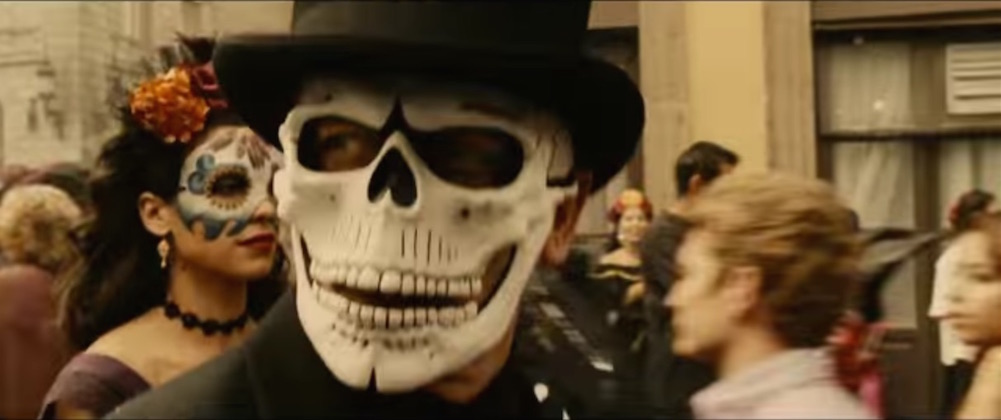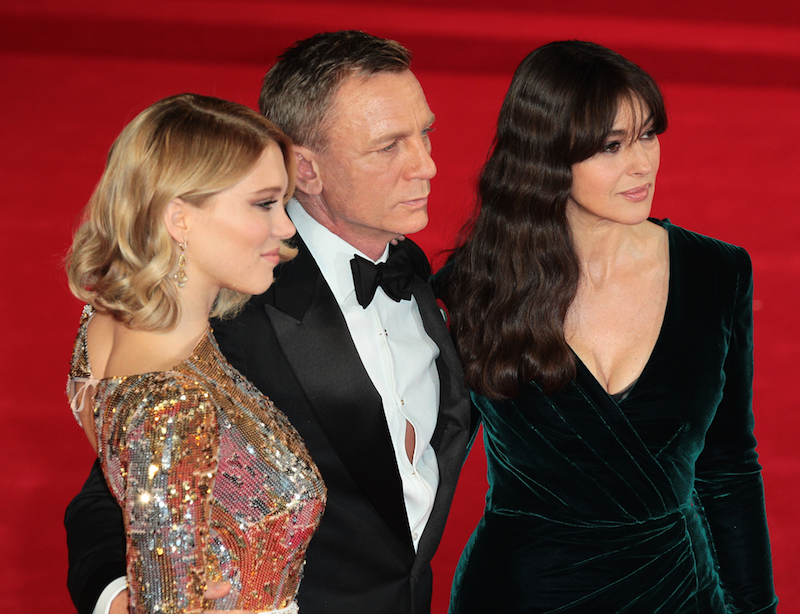James Bond Villain Gets 'A' for Evil, But 'F' for Brain Surgery

The latest James Bond villain in the new movie "Spectre" may get an "A" for his evil schemes, but he failed spectacularly at neuroanatomy, according to a new report. (Warning: spoilers ahead.)
In this latest installment of the Bond story, criminal mastermind Ernst Stavro Blofeld (played by actor Christoph Waltz) captures Bond (actor Daniel Craig) in the Moroccan desert. Blofeld restrains the British spy with a head clamp before revealing his evil plan: The villain plans to use a robotic drill to torture 007 and drill into his brain, erasing Bond's memories of people's faces.
But Blofeld's anatomical measurements were way off, according to Dr. Michael Cusimano, a neurosurgeon at St. Michael's Hospital in Toronto. The drilling, as he planned to do it, wouldn't have eliminated Bond's facial memory, but it would have probably hit Bond's vertebral artery — one of the major vessels that brings blood to the brain — and killed him, Cusimano said. [The 5 Reasons We Still Love James Bond]
"Aiming to erase Bond's memory of faces, the villain correctly identified the lateral fusiform gyrus as an area of the brain responsible for recognizing faces," Cusimano said in a statement. "But in practice, the drill was placed in the wrong area, where it likely would have triggered a stroke or massive hemorrhage."

In other words, the filmmakers correctly identified that part of the brain that researchers think is involved in facial recognition, but the placement of the drill in the movie was incorrect, Cusimano said. "Spectre" may have "thrills and action," but the film was "somewhat marred for this viewer by a fundamental neuroanatomical blunder," Cusimano wrote in his report.
In real life, the lateral fusiform gyrus is found in the brain's temporal region, just in front of the left ear, he said. But Blofeld positioned the drill just below Bond's left ear, aligned with the spy's vertebral artery and neck bones.
"In terms of today's precision brain surgery, the villain was nowhere near the brain," Cusimano said.
Sign up for the Live Science daily newsletter now
Get the world’s most fascinating discoveries delivered straight to your inbox.
Still, Cusimano said he was impressed by Blofeld's knowledge of neuroscience.
"Because the lateral fusiform gyrus [is] involved in memory, it's theoretically possible to impair a person's ability to recognize faces," Cusimano said. "There are documented patients that have 'face blindness,' or prosopagnosia. But in this situation, he was so far off, that had Blofeld been my student, he would have surely failed his neuroanatomy."
The neurosurgeon said he remains a fan of the Bond movies, and would happily volunteer his expertise to filmmakers in the future, should they need his medical expertise.
The report was published Thursday (Dec. 24) in the journal Nature.
Follow Laura Geggel on Twitter @LauraGeggel. Follow Live Science @livescience, Facebook & Google+. Original article on Live Science.

Laura is the archaeology and Life's Little Mysteries editor at Live Science. She also reports on general science, including paleontology. Her work has appeared in The New York Times, Scholastic, Popular Science and Spectrum, a site on autism research. She has won multiple awards from the Society of Professional Journalists and the Washington Newspaper Publishers Association for her reporting at a weekly newspaper near Seattle. Laura holds a bachelor's degree in English literature and psychology from Washington University in St. Louis and a master's degree in science writing from NYU.










